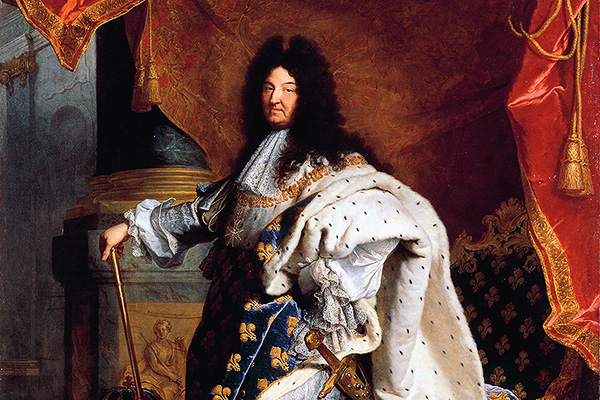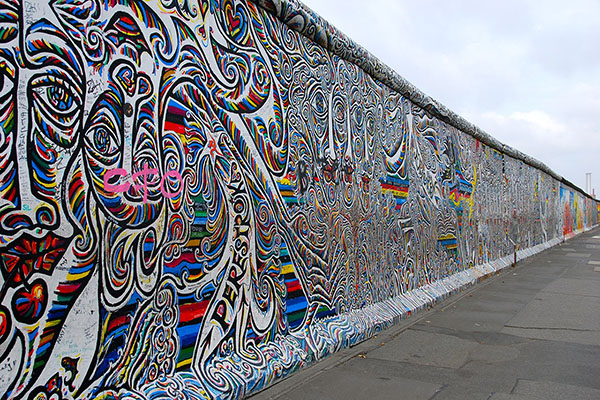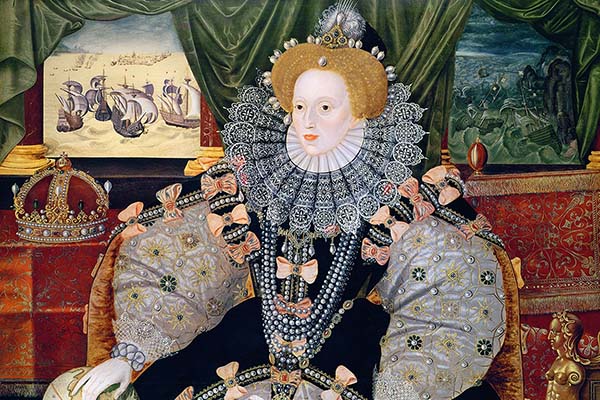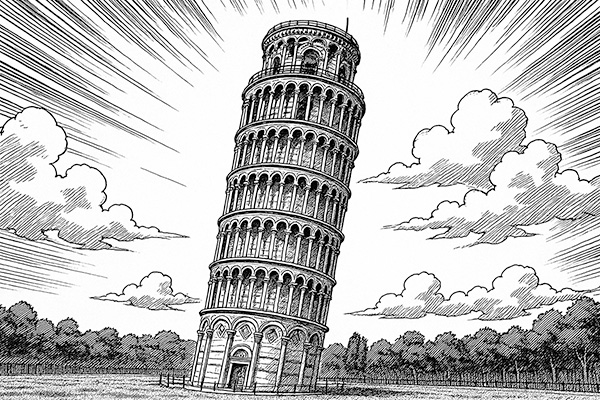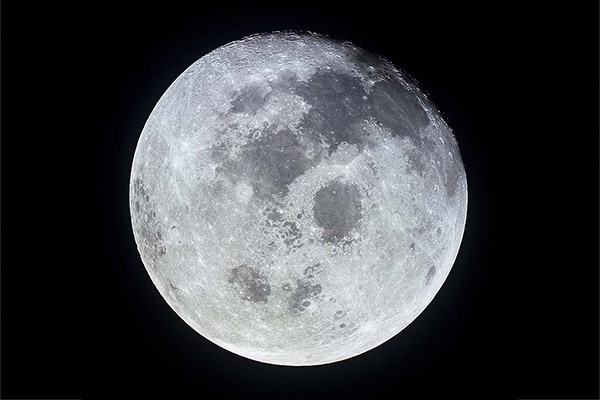
Fantasia was Walt Disney's third feature film, following Snow White and the Seven Dwarfs (1937) and Pinocchio (1940).
The Sorcerer's Apprentice, perhaps the most famous segment of Fantasia, starred Mickey Mouse. This role was intended as a comeback for Mickey, who was losing popularity to Donald Duck. Dopey from Snow White and the Seven Dwarfs was also considered for the apprentice role. The animation was initially meant to be a one-off cartoon but was expanded into part of a collection of animated sequences with classical music accompaniments. This collection became Fantasia.
The conductor of the music used in Fantasiawas Leopold Stokowski. During the production of The Sorcerer's Apprentice, Stokowski offered to conduct the orchestra for free.
Live-action sequences in Fantasiashow an orchestra playing the soundtrack, but the orchestra members were miming. Except for The Sorcerer's Apprentice, the music was performed by the Philadelphia Orchestra. The miming musicians were local performers and studio employees.
The original release of Fantasia featured an intermission announced by host Deems Taylor. The orchestra left their seats while the curtains closed in both the film and the theater. After the intermission, the curtains reopened, and the orchestra returned, performing a brief jam session.
Fantasiawas the first commercial film to have its soundtrack recorded in stereo. Walt Disney planned for parts of it to be shown in widescreen, some in 3D, and even for perfumes to be sprayed into theaters during the Nutcracker Suite sequence, though this idea was not implemented.
Fantasia was completed only four hours before its premiere in New York City on November 13, 1940. The final scene was flown to New York on the day of the premiere and edited into the film just in time.
Fantasia initially played in only 12 cinemas, as Disney's distributors, RKO, refused to release it widely. It was later edited and re-released in mono sound, but still failed to turn a profit. Only in 1969 did it achieve commercial success, thanks to its popularity among teenage and college audiences. Its soundtrack was re-recorded in 1982 and restored in 1990 with a digitally remastered version.
Fantasia inspired a video game for the Sega Mega Drive/Genesis console in 1991, allowing players to control Mickey Mouse through various scenes. A second game, Fantasia: Music Evolved, was released for the Xbox 360 and Xbox One in 2014.
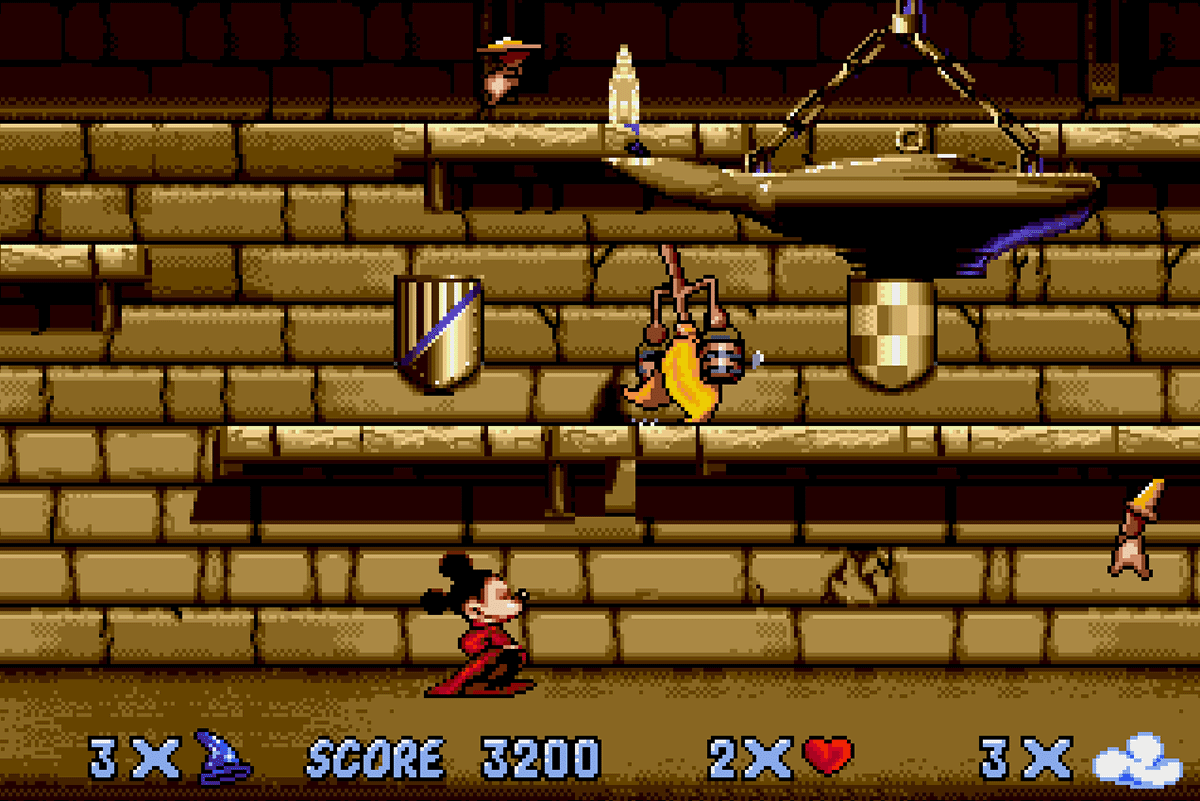
The Sorcerer in The Sorcerer's Apprentice was nicknamed Yen Sid by the animation team, though he was never named in the film. The name is Disney spelled backwards.



